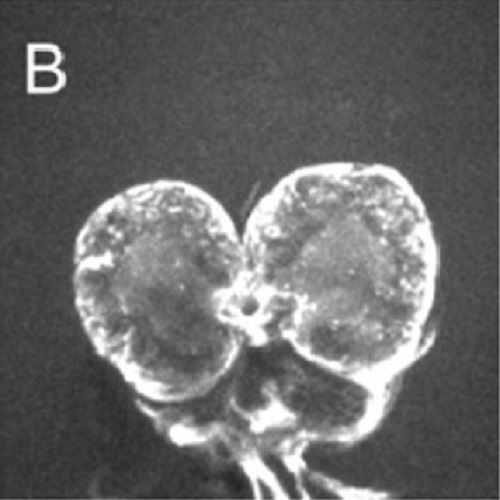Survival strategies of a sterol auxotroph.
The high sterol concentration in eukaryotic cell membranes is thought to influence membrane properties such as permeability, fluidity and microdomain formation. Drosophila cannot synthesize sterols, but do require them for development. Does this simply reflect a requirement for sterols in steroid hormone biosynthesis, or is bulk membrane sterol also essential in Drosophila? If the latter is true, how do they survive fluctuations in sterol availability and maintain membrane homeostasis? Here, we show that Drosophila require both bulk membrane sterol and steroid hormones in order to complete adult development. When sterol availability is restricted, Drosophila larvae modulate their growth to maintain membrane sterol levels within tight limits. When dietary sterol drops below a minimal threshold, larvae arrest growth and development in a reversible manner. Strikingly, membrane sterol levels in arrested larvae are dramatically reduced (dropping sixfold on average) in most tissues except the nervous system. Thus, sterols are dispensable for maintaining the basic membrane biophysical properties required for cell viability; these functions can be performed by non-sterol lipids when sterols are unavailable. However, bulk membrane sterol is likely to have essential functions in specific tissues during development. In tissues in which sterol levels drop, the overall level of sphingolipids increases and the proportion of different sphingolipid variants is altered. These changes allow survival, but not growth, when membrane sterol levels are low. This relationship between sterols and sphingolipids could be an ancient and conserved principle of membrane homeostasis.

- Development 2010 Nov;137(21):3675-85
- 2010
- Cell Biology
- 20940226
- PubMed
Enabled by:
